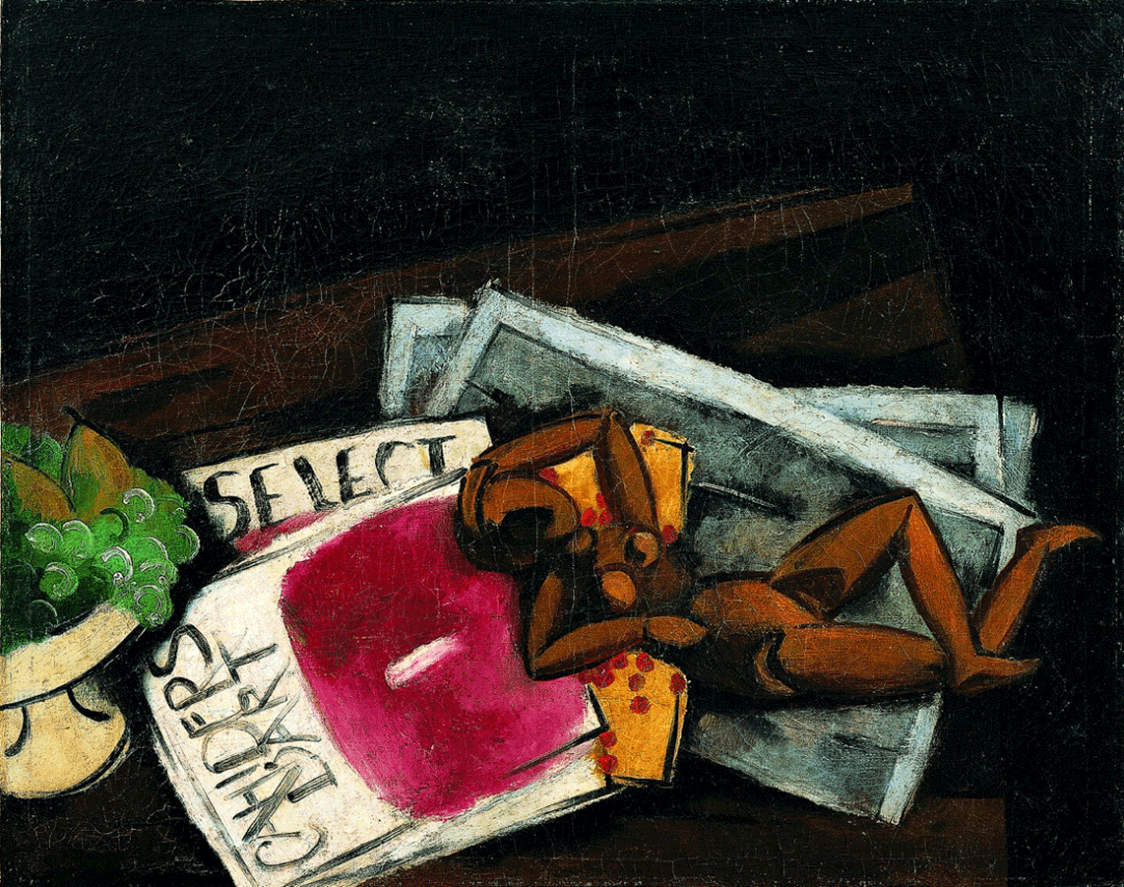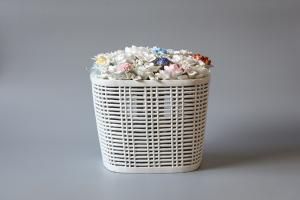ENCOUNTERS BETWEEN KOREAN ART AND LITERATURE IN THE MODERN AGE
National Museum of Modern and Contemporary Art, Deoksugung
February 4–May 30, 2021
By Lily Tiger T Wells
Between 1910 and 1945, Seoul, (then known as Gyeongseong) was subject to Japanese colonial rule signified as a dark and despairing period in Korean history in which the country’s inhabitants were subject to oppressive social constraints. What is less discussed is the profound cultural revolution which struck the nation at the same period, introducing new Western philosophies, doctrines and cultures into society, and along with it new sciences and technologies.
During this time, artist and writers became highly important figures in creating the new avant-garde cultures of academic discussion and writing and artistic creation, a stark alternative to what would previously have been a highly traditional society. They devoted themselves to art and literature, gathering in cafes and bars to meet and network with other like-minded individuals. With solidarity in numbers, they gained the confidence to advocate for freedom of speech to creatively express the reality of life under colonial rule in the 30s and 40s.
Poet, Yi Sang’s coffee house, ‘Jebi’ was the centre for this wave of diverse artists and thinkers. It became a fertile hub for cross-pollination between multiple disciplines and practices, transcending the confines between visual arts, writing, music, performance and film, creating revolutionary works which would previously have been unimaginable, redefining the very idea of art. Europe’s leading art styles of the time including abstract art, surrealism, Dadaism fauvism were embraced by these young Korean artists who sought to identify as the experimental, ‘avant-garde’ of society.
Yi Sang, Park Taewon and Gu Bon-ung were some of the individuals most notable from this period, and part 1 of the exhibition demonstrates the extent of their influence while part 2 of the exhibition looks more closely at the production of printed visual art from the 1920s through to the 1940s. Magazines and newspapers printed serial stories and illustrations which had a huge influence on the public audience. These prints were also critical in facilitating the communication between writers and artists thus catalysing the lively collaborations which emerged from this time such as “hwamun,” a kind of poetry imbued with drawings often made by two different practitioners.
Without this flourishing of printed media, Korean artists and writers would have had little opportunity to show work under colonial rule. Delving further into the exhibition, “Fellowship of Artists and Writers in the Modern Age’, celebrates the lateral sharing knowledge and practices as the main reason behind the brilliance of each individual artist. Relations between writers and artists such as Jeong Jiyong & Chang Pal, Kim Gi-rim & Lee Yeoseong, and Lee Taejun & Kim Yongjun, as well as other multi-generational networks such as between Kim Gwang-gyun, Lee Qoede, Lee Jungseop, Ku Sang and Kim Whanki, individuals who became major figures of the Korean avant-garde movement, are also displayed. It was during this period that “imagism” emerged led by poets and painters who developed a way of perceiving art beyond their formal definitional boundaries, “seeing poems like paintings and reading paintings like poems,” breaking heterogenous genres to produce some of the most beautiful works of the modern era.
To conclude the exhibition, Part IV, ‘Writings and Paintings by Literary Artist” explores the literary talents of renowned visual artists such as Kim Yongjun, Chang Ucchin, Han Mook, Park Kosuk, Chun Kyungja, and Kim Whanki whose ability in academic essay writing matched their exceptional painting. The subject matter for these artists varied from human emotion, purity and simplicity, nature and reflections of life before and after the Korean War. To allow the visitors to appreciate the works respective to each artist, the gallery has been divided into different spaces for viewing the visual arts and reading the texts.
It is during times of crisis in which people become the most resourceful and creative. This exhibition reveals the fruitful outcomes and collaborative support networks which emerged from a deeply challenging time in Korean history, proving that despite all odds, the flame of artistic expression can never be dampened.
Address:
National Museum of Modern and Contemporary Art, Deoksugung
99 Sejong-daero, Jung-gu
04519 Seoul, South Korea
T +82 2 2022 0600
www.mmca.go.kr
Hours: Tuesday–Sunday 10am–7pm,
Wednesday and Saturday 10am–9pm
Photo: Gu Bon-ung, Still Life with a Doll, 1937. Oil on canvas, 71.4 x 89.4 cm. Leeum, Samsung Museum of Art collection.



